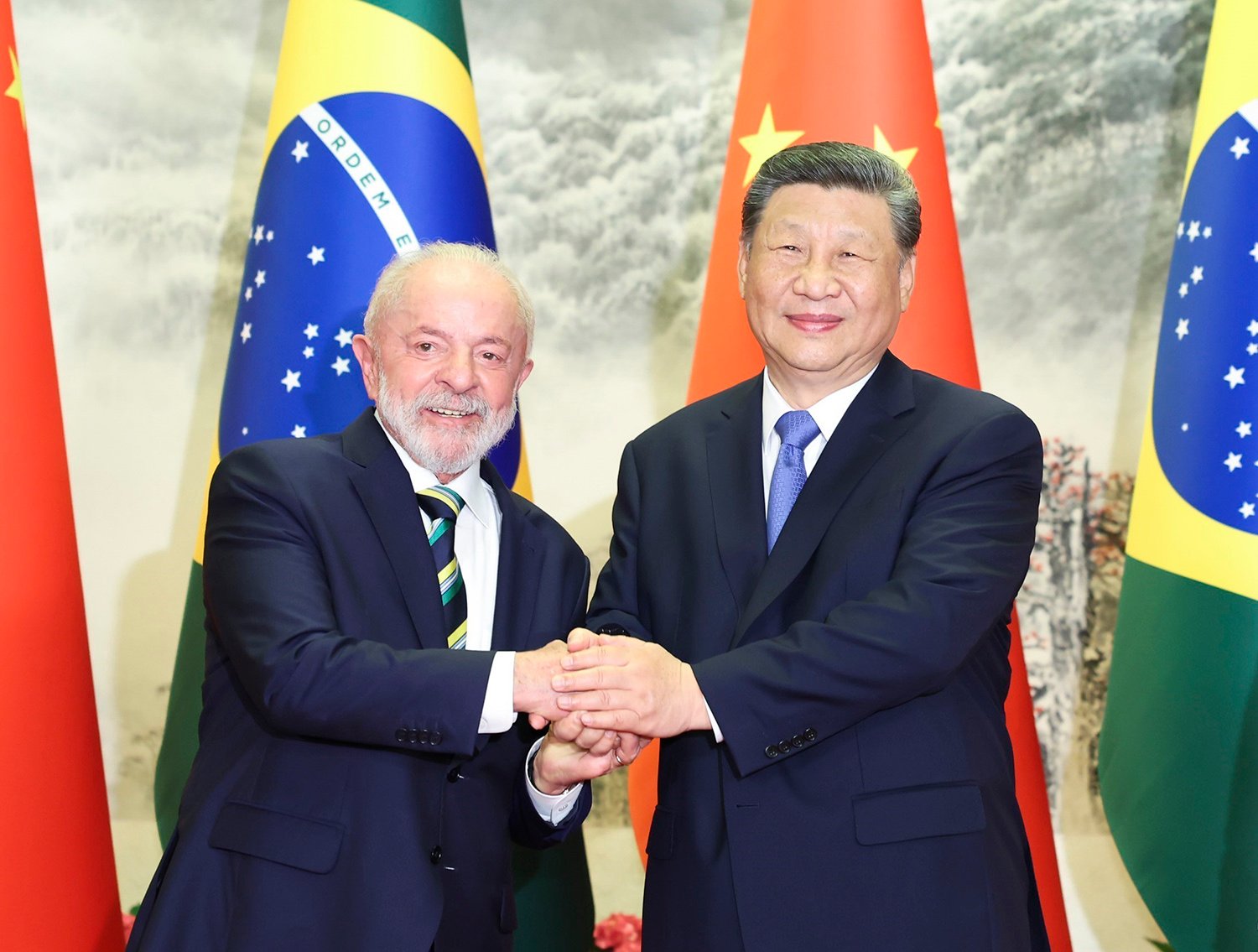
General Secretary and President of China Xi Jinping and President of Brazil Luiz Inacio Lula da Silva at a meeting in Beijing, May 13, 2025_Photo: THX/TTXVN
Factors affecting the situation in Latin America
As a land with unique historical, cultural, political , social and geographical features, deeply influenced by the long colonial period as well as the struggles for independence in the 19th century, in the 20th century, the Latin American region (1) had to face many challenges related to economic development and harmoniously resolve socio-political issues. From the beginning of the 21st century until now, the Latin American region has experienced many political, economic and social changes..., affecting the contemporary world situation, specifically:
Firstly, the diversity of ideology: The Latin American region has a history and political tradition with many characteristics, taking place in the process of absorbing many ideologies, deeply influencing the development of each country. Ideologies are formed on the basis of the conflict between the left and right trends, and are also influenced by social movements, national consciousness and other ideological waves. In the 21st century, this place is the "land" of experimentation of different ideologies and political trends. Some countries have combined Marxism with national liberation ideology to seek an independent path of development; right-wing movements have also found a foothold through promoting free markets, encouraging private investment, and honoring traditional values; the strong influence of the Indigenismo movement (2) is still evident (as in Bolivia, Ecuador, and Peru) or of Roman Catholicism, Protestant sects, eco-ism, etc. In addition, the current globalization process also creates an intersection between ideologies, clearly shown in the debate on maintaining national identity and applying internationalization models. All of them influence and shape the regional political situation, while creating challenges and opportunities for countries in building an independent development path.
Second, the alternation of power between left-wing and right-wing governments: The Latin American region has great potential in natural resources and abundant human resources, but according to many experts, the alternation of power between left-wing and right-wing governments has created a number of barriers in implementing long-term development plans, showing the difficulty in establishing a stable and balanced governance model.
Third, the intervention and influence of the great powers : The influence of the great powers on the Latin American region is an inseparable part of the history and current practice of the region, especially since the beginning of the 21st century.
The United States is the most influential power in the Latin American region through its economic, political and security strategies. This power maintains its influence through strong economic and social impacts on many countries in the region (3) . Meanwhile, China is gradually becoming the largest trading partner of many countries in the region (surpassing the US in some areas, especially infrastructure investment programs, energy and economic development projects in Brazil, Argentina, Ecuador and Peru; in contrast, China's demand for imported raw materials, such as oil, iron ore, soybeans from Latin America is very large (China's Belt and Road Initiative (BRI) attracts more than 20 Latin American countries to participate). In addition, Russia also has a notable influence in the region by providing weapons and military equipment to Venezuela, Cuba and Nicaragua, maintaining close relations with the left-wing government; when Russia was sanctioned by the West for its special military campaign with Ukraine, Russia sought to tighten relations with Latin America, breaking economic isolation.
Fourth, the impact of price fluctuations and supply chains in the global market: The economies of Latin American countries largely rely on the export of raw materials and agricultural products (oil, gas, coffee, cocoa, soybeans, etc.), so they are easily affected by price fluctuations in the global market. Crises from the beginning of the 21st century to the present have negatively affected the development of the region, increasing socio-economic difficulties. The decline in global commodity prices around 2010 (especially oil prices) reduced government revenue, causing a serious financial and economic crisis.
Voter awareness and power rotation in Latin America
Since the beginning of the 21st century, political polarization in the Latin American region has become an inherent feature, reflecting deep and long-term contradictions in the political, economic and social systems. The trend of alternating power between left-wing and right-wing governments has somewhat affected the establishment of a stable and balanced governance model; policies do not have enough time and environment to develop effectively before being replaced by a successor government. In general, regional political polarization is mainly manifested in the following aspects:
First, the state of rotation in power between left-wing and right-wing governments. In Latin America, the alternation of power between left-wing and right-wing government organizations with strong opposition policies is common. This region experienced right-wing military regimes in the 20th century, supported by the US; at the beginning of the 21st century, the left-wing wave appeared. Left-wing governments that won elections in Venezuela, Brazil, Argentina, Bolivia, Ecuador, etc. increased the nationalization of important industries, expanded social welfare programs, somewhat reduced relations with the US, and cooperated more closely with China and Russia.
However, the return to power of the right-wing forces has created a prolonged political alternation. Since 2020, the COVID-19 pandemic has increased socio-economic difficulties in many countries in the region. This is an opportunity to pave the way for the return of the left-wing trend with the election of left-wing leaders, such as Andrés Manuel López Obrador in Mexico (2018), Gabriel Boric in Chile (2021), Gustavo Petro in Colombia (2022), Lula da Silva returning to power in Brazil (2023),...
Second, the difference in voters' perception when voting for opposition parties.
Elections in Latin America show a difference in voters’ perceptions when voting for opposition parties. People often switch from supporting the left to the right, or vice versa (in a way of opposing the incumbent government), making the cycle of political transitions increasingly complex, posing a great challenge for governments in establishing a stable and sustainable political system.
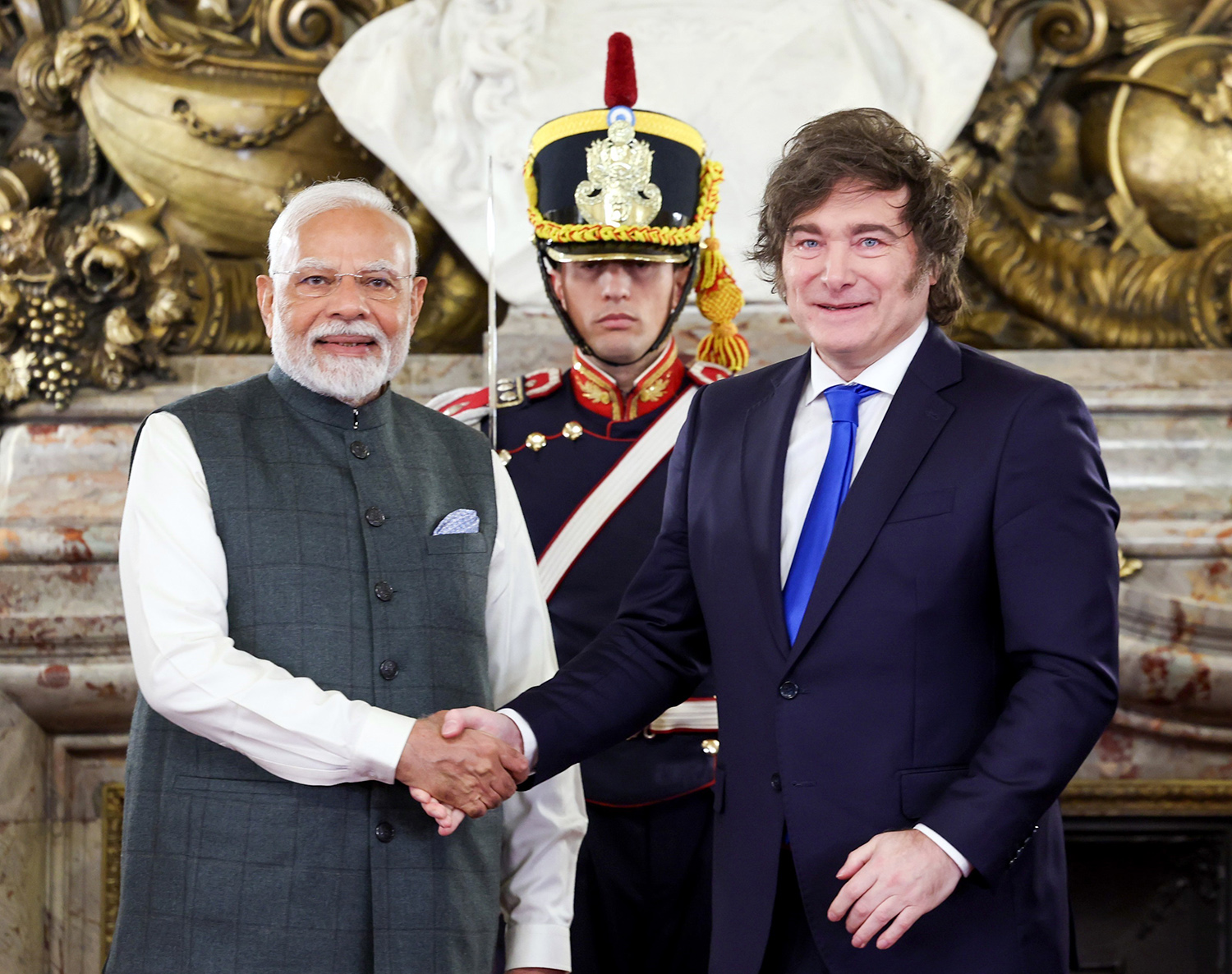
Argentine President Javier Milei (right) and Indian Prime Minister Narendra Modi at a meeting in Buenos Aires, July 5, 2025_Photo: ANI/TTXVN
Prospects, trends and conditions for ensuring political stability in the Latin American region in the new context
Since the beginning of the 21st century, the Latin American region has undergone complex political and economic fluctuations. The future prospects for political stability in the region depend on many factors, such as the ability to reform institutions, governance methods and the effectiveness of building a socio-economic model that harmonizes the interests of opposing political groups and trends, specifically:
First, the ability to balance between the left and the right. The left tends to represent policies that ensure social justice, fight against economic inequality and American-style capitalism, while the right focuses on free markets, economic stability and building close relations with the West. The balance between the left and the right is an important factor to maintain political stability, sustainable economic development and democracy in the Latin American region. When one side has too much power and lacks control from the other, the political system is prone to despotism, extremism or instability due to factional confrontation; on the contrary, coordination and balance between the two sides are conditions for economic development without neglecting social welfare (4) . Latin America is also a region strongly influenced by the US, China, and Russia, so balancing trends will avoid excessive dependence on major powers and ensure a more independent foreign policy (the US often supports right-wing governments; China and Russia support left-wing governments).
A healthy democracy in Latin America needs to have a balance between the left and the right, protect democracy; minimize the risk of authoritarianism and institutional manipulation, maintain people's trust, and limit the intervention of external powers. This is also a region characterized by the intersection of many ideologies, each country applying different political models based on its own historical and social context, affecting regional cooperation.
According to many experts, whether the Latin American region can achieve a balance between the left and the right will depend on the effectiveness of the following strategies: 1- Building a more moderate political system to avoid major political upheavals. Some countries, such as Uruguay, Chile and Mexico, are moving towards a moderate political model, combining some right-wing market policies with left-wing social welfare programs; 2- Institutional reform to prevent abuse of power. Countries need to reform the judicial system, strengthen the independence of the power control agency to avoid the risk of institutional manipulation; 3- Developing a mixed economy model. If governments in the Latin American region can combine the best of left-wing and right-wing approaches, such as free markets combined with protection of labor rights and social welfare, then balance can be achieved.
Second, the trend of new political-economic models emerging.
Latin America has experienced many ups and downs in its political and economic history, witnessing the alternation between neoliberalism led by the right and populist-statism initiated by the left. However, both models have shown great limitations, requiring countries to search for a new, suitable political-economic model to overcome instability, inequality and global challenges. However, voters tend to no longer believe in a model that only prioritizes businesses or is too dependent on the state, but want to ensure the development of a dynamic economy, but with reasonable social protection. On the other hand, opportunities for new models are opening up as the US tends to be less involved in the region; meanwhile, China is investing heavily in the region, influencing economic development models (especially in Brazil, Argentina and Peru). Digital economy, artificial intelligence (AI) and blockchain are posing the need to change traditional economic models, creating conditions for new political and economic models to emerge. In fact, the Latin American region is in the phase of testing new, different models to escape the prolonged political and economic instability, of which three potential new models can shape the future of the region in the future:
One is the Argentine model of radical liberalism, which emphasizes a completely free market, minimizing the role of the state, and radical individual freedom. Argentine President Javier Milei (elected in 2023) is one of the most strongly radical liberal politicians in the history of Latin American countries ( 5) . His policies include: Dollarizing the economy, eliminating the Peso to end hyperinflation; drastically cutting public spending, reducing subsidies and reducing the role of the government in the economy; privatizing state-owned enterprises, completely transferring the economic sector to the private sector. This model is effective in curbing inflation, promoting private investment, and growth based on market competition.
Second, the strong state control model in El Salvador. This is a model that combines an open market economic policy, the state does not intervene too much in the economy, but applies strict security and order measures to control crime. In fact, this model has caused a sharp decrease in crime rates, protected the economy thanks to a stable security environment, and strengthened investors' confidence in the business environment...
Third, the sustainable development model of Chile and Brazil combines economic growth with environmental protection and social equity; the state plays a coordinating role to ensure sustainable development, but does not intervene too deeply in the market. Under the administration of President Gabriel Boric since 2021, Chile has introduced a tax policy on large corporations to finance education and health care, while protecting the environment; in Brazil, President Lula da Silva since 2023 has protected the Amazon forest, promoted clean energy and reduced inequality through pro-poor policies. This helps balance economic growth and social welfare (6) , but requires good governance; effectively responding to pressure from large corporations, creating a balance between economic development and resource protection./.
----------------------
(1) The Latin American region is a part of the Americas, including part of North America, all of Central America, South America and the islands of the Caribbean Sea; total area of over 21 million km2; currently has 33 countries, famous for its diverse and rich culture, showing the combination of local, European, African and Asian heritages.
(2) Indigenismo is a movement in Latin America that advocates a dominant social and political role for Native Americans in countries where they are the majority population.
(3) The US also promoted free trade agreements (FTAs) with Mexico, Chile, Colombia, Peru; the North American Free Trade Agreement (NAFTA), later USMCA with Mexico and Canada... through aid and loans from the Inter-American Development Bank (IDB) and the International Monetary Fund (IMF).
(4) For decades, the left has focused on redistributing wealth and increasing welfare spending, but lacked fiscal discipline, leading to high public debt and inflation; the right has prioritized free markets, attracting foreign investment, but cut social welfare, causing increasing inequality.
(5) See: Tran Ngoc: “Successful lessons from bold economic reforms in Argentina”, VOV Online Newspaper, November 27, 2024, https://vov.vn/kinhte/bai-hoc-thanh-cong-tu-nhung-cai-cach-kinh-tetao-bao-o-argentina-post1138228.vov.
(6) Does not sacrifice the environment or increase inequality; attracts green investment from international businesses towards sustainable development; long-term political stability when it creates less social conflict than radical liberalism or security-authoritarianism.
Source: https://tapchicongsan.org.vn/web/guest/the-gioi-van-de-su-kien/-/2018/1150502/xu-huong-tim-kiem-mo-hinh-chinh-tri---kinh-te-moi-o-cac-nuoc-khu-vuc-my-la-tinh-tu-dau-the-ky-xx-den-nay.aspx






![[Photo] Opening of the 14th Conference of the 13th Party Central Committee](https://vphoto.vietnam.vn/thumb/1200x675/vietnam/resource/IMAGE/2025/11/05/1762310995216_a5-bnd-5742-5255-jpg.webp)



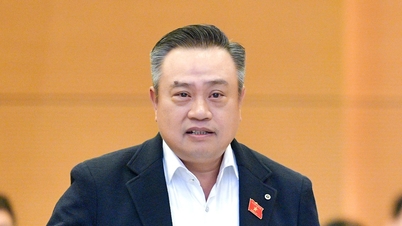



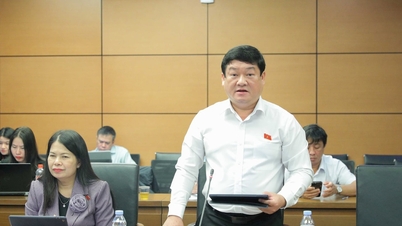









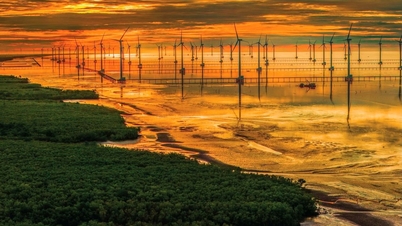

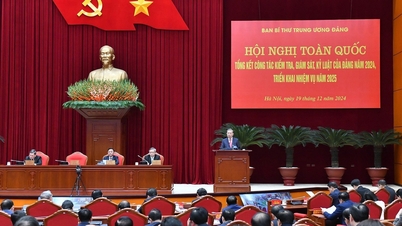

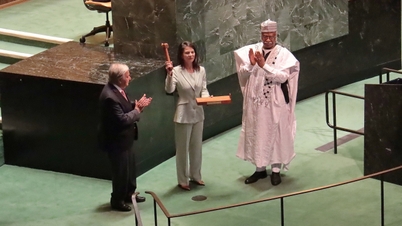
![[Photo] Panorama of the Patriotic Emulation Congress of Nhan Dan Newspaper for the period 2025-2030](https://vphoto.vietnam.vn/thumb/1200x675/vietnam/resource/IMAGE/2025/11/04/1762252775462_ndo_br_dhthiduayeuncbaond-6125-jpg.webp)



















































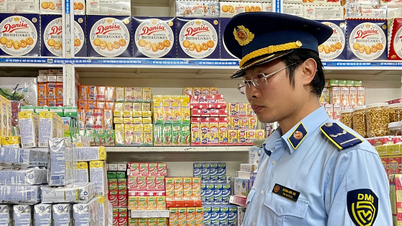



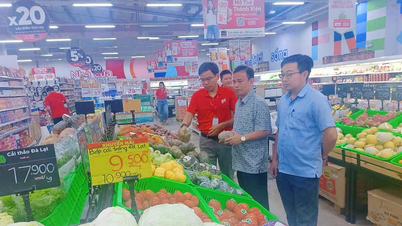


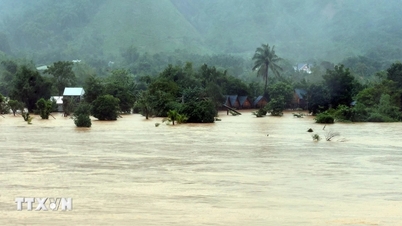













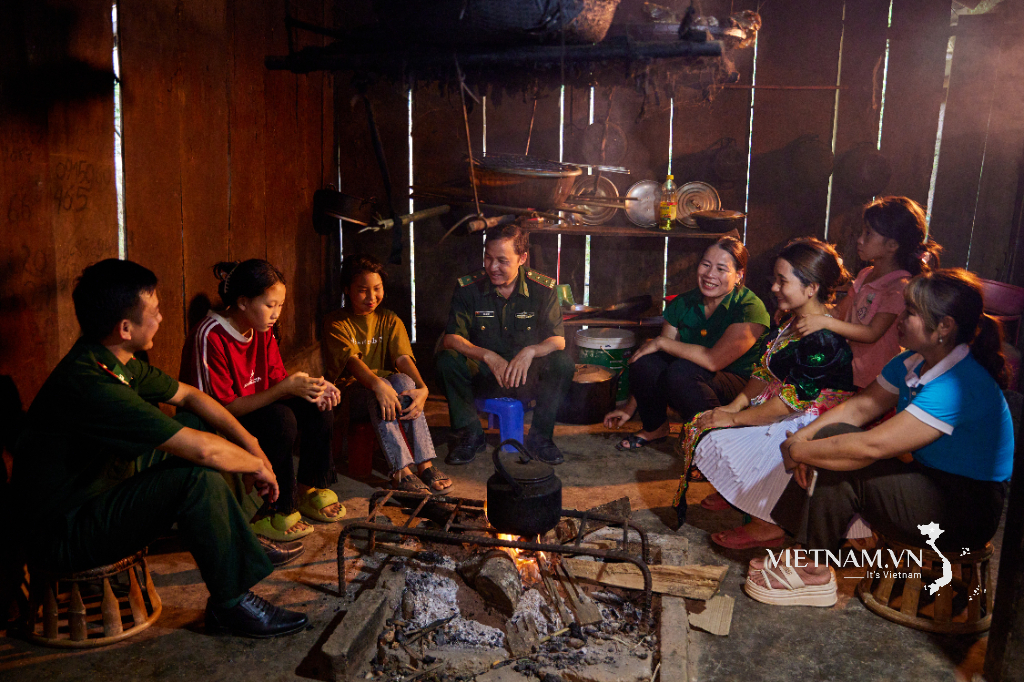



Comment (0)